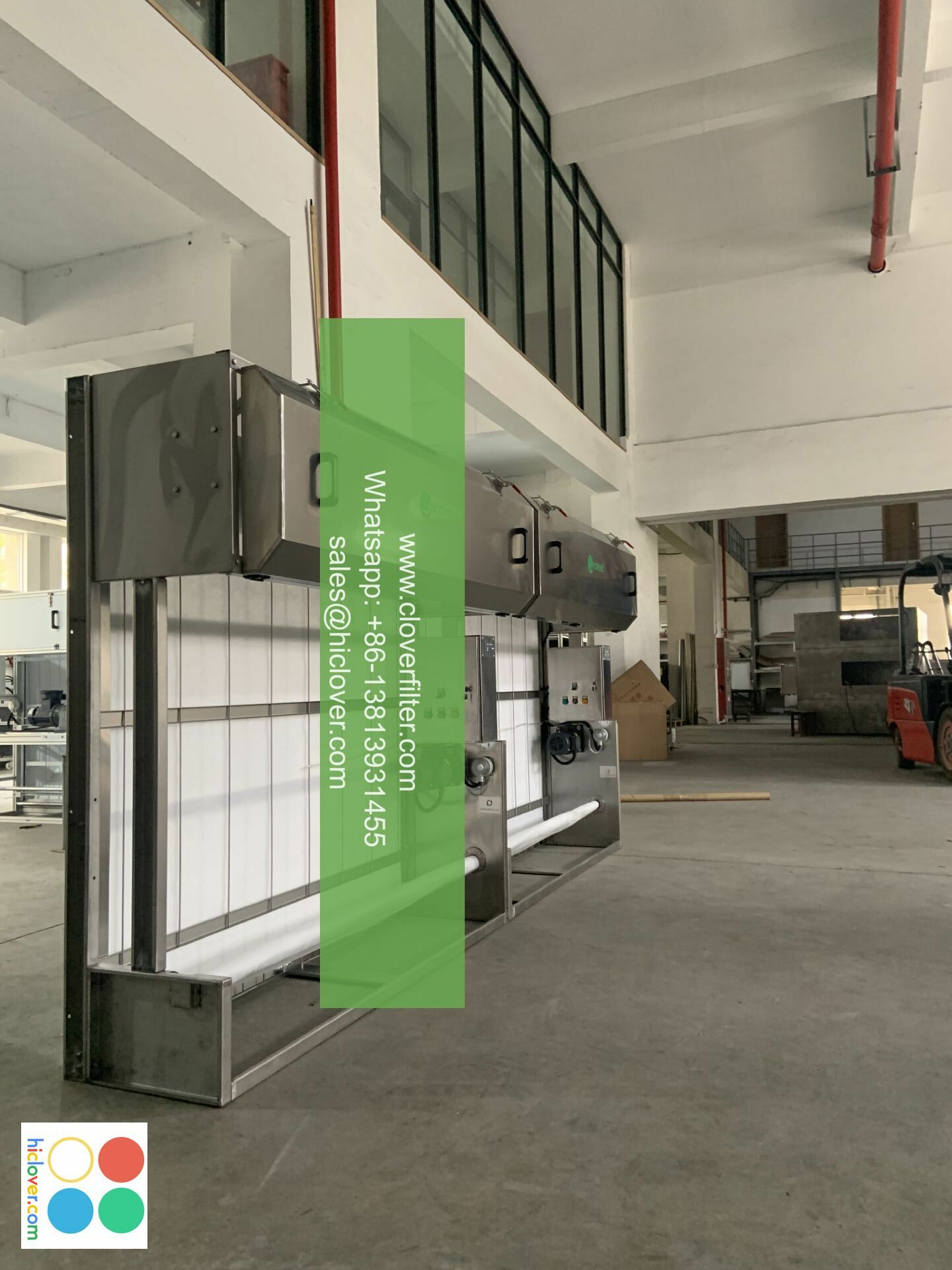Beyond HEPA: Next-Generation Cleanroom Air Filtration Technologies for Further Purification

Beyond HEPA: Next-Generation Cleanroom Air Filtration Technologies for Further Purification
Introduction
Cleanroom environments, where the air must be meticulously controlled to maintain the integrity of the workspace, require advanced air filtration systems to ensure the absence of particles, pollutants, and microorganisms. HEPA (High Efficiency Particulate Air) filters have been the industry standard for decades, but advancements in technology have introduced next-generation cleanroom air filtration solutions that offer even greater levels of purification. In this article, we’ll explore these innovative solutions and their application areas, highlighting their benefits and advantages.
What are Next-Generation Air Filtration Technologies?
Next-generation cleanroom air filtration technologies have built upon the success of HEPA filters by incorporating new materials, designs, and technologies to further improve air quality. These innovations address specific challenges, such as:
- Ultra-fine particle removal: Next-generation filters can capture particles as small as 0.1 microns, surpassing HEPA’s 0.3 micron limit.
- Chemical and gas removal: Advanced filters can eliminate volatile organic compounds (VOCs) and gases, ensuring a safer environment for sensitive applications.
- Increased airflow and reduced pressure drop: New designs and materials improve airflow rates and reduce pressure drop, minimizing energy consumption and increasing system efficiency.
- Advantages:
- Higher particle removal efficiency (up to 99.99% at 0.1 microns)
- Reduced pressure drop (up to 50% energy savings)
- Lightweight and compact design
- Advantages:
- Effectively removes VOCs, gases, and odors
- Can be used in conjunction with other filters for comprehensive air purification
- Flexible design accommodates various flow rates and pollutants
- Advantages:
- converts harmful pollutants into harmless compounds
- Can reduce emissions and improve environmental sustainability
- Relatively low maintenance and cost-effective
- Benefits: Ultra-fine particle removal, chemical and gas removal, and increased airflow ensure a pristine environment for product development and manufacturing.
- Benefits: Advanced filters’ ability to capture ultra-fine particles and gases ensures a controlled environment for manufacturing.
- Benefits: High-performance filters promote efficient cooling, minimize dust and particulate accumulation, and improve room comfort for data center staff.
Key Technologies and Advantages
Several next-generation air filtration technologies have emerged, each offering distinct benefits:
Nanofiber Filters: Thin, nanofiber-based filters exhibit high surface areas, allowing for efficient capture of ultra-fine particles and gases.
Active Carbon Filters: Designed to target specific pollutants, these filters leverage activated carbon’s adsorption properties.
Catalytic Converters: These filters employ a catalytic reaction to break down pollutants, making them safe for release into the atmosphere.
Applications and Industries
These next-generation air filtration technologies are applicable to various industries and applications, including:
Pharmaceutical and Biotechnology: Strict air quality control is crucial in these industries to prevent contamination and ensure the integrity of sensitive products.
Semiconductor and Cleanroom Manufacturing: Fabrication facilities require extremely clean air to prevent particle contamination and ensure precise component assembly.
Data Centers and IT: Maintaining optimal air quality is critical to prevent overheating and equipment failure, while also ensuring a comfortable working environment.
Conclusion
As the demand for cleanroom air filtration solutions continues to grow, next-generation technologies have emerged to address the limitations of traditional HEPA filters. By combining innovative materials, designs, and technologies, these new solutions offer improved particle removal, chemical and gas removal, and increased airflow. As a result, various industries and applications can reap the benefits of even higher levels of air quality, ensuring a safer, more efficient, and productive environment.
I’m excited to help! What would you like to talk about or ask? Do you have a specific topic in mind, or would you like me to suggest some topics? I can assist with anything from generating creative writing prompts to helping with language-related questions. Let me know how I can support you!


